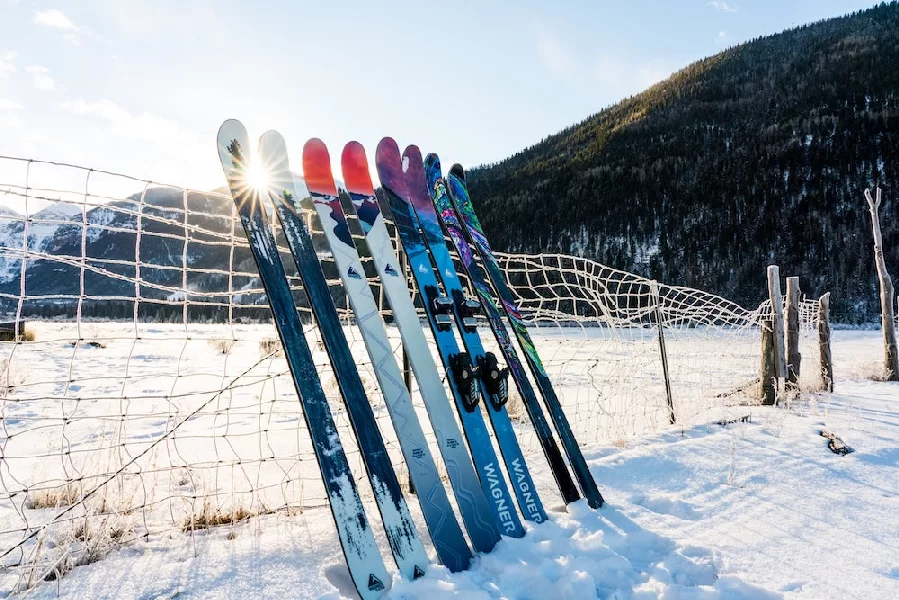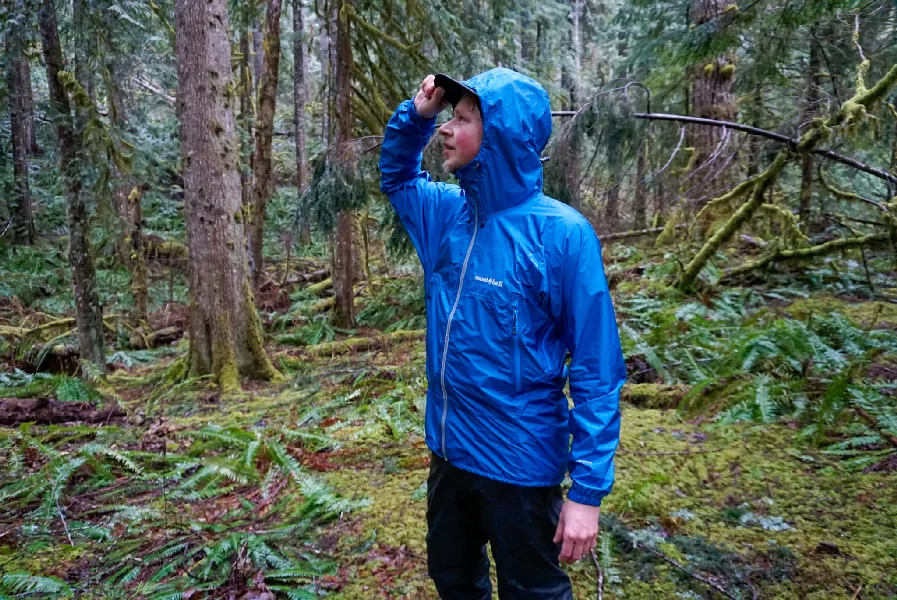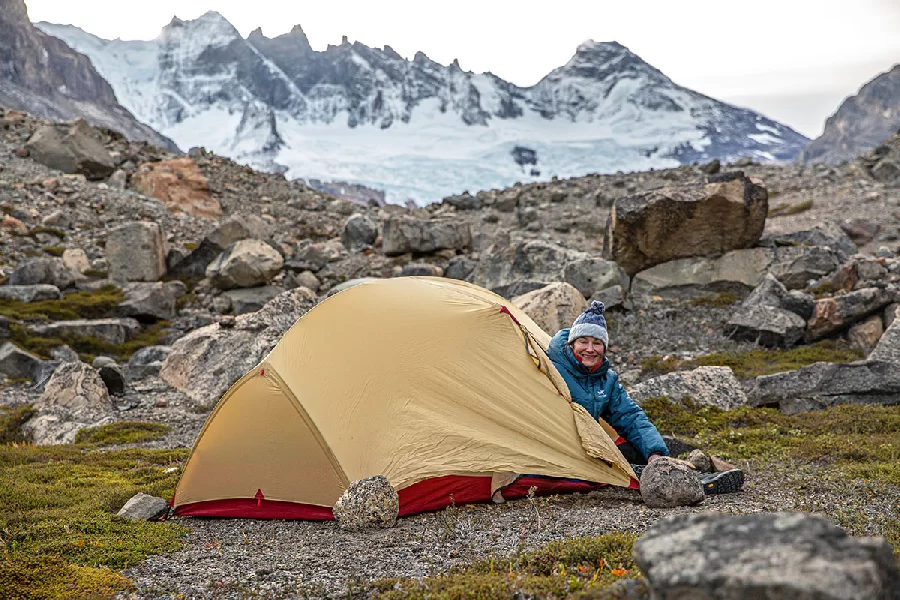
Introduction:
For women who love to hit the slopes, having the right pair of skis is essential for a thrilling and enjoyable skiing experience. When it comes to all-mountain skiing, versatility is key. Whether you’re carving turns on groomed trails, exploring powder stashes, or venturing into the backcountry, having the perfect pair of women’s all-mountain skis can make a significant difference. In this blog post, we’ll guide you through the key factors to consider when choosing the ideal pair of women’s all-mountain skis, ensuring you find the perfect combination of performance, versatility, and enjoyment on the mountain.
- Ski Length:
The length of your skis plays a crucial role in your skiing performance and maneuverability. All-mountain skis typically range in length from your chin to the top of your head. Consider your skiing ability, style, and preferences when selecting the appropriate length. Shorter skis are more maneuverable and suitable for beginners or those who prefer quick turns. Longer skis provide stability at higher speeds and perform well in deeper snow. Choose a length that aligns with your skill level and the type of terrain you’ll be skiing. - Ski Width:
All-mountain skis are designed to perform well on a variety of snow conditions, from groomed runs to powder. The width of the ski determines its versatility and performance in different snow types. A waist width between 85mm and 100mm is a good range for all-mountain skis, offering a balance between agility on groomed runs and floatation in softer snow. Narrower skis provide better edge control on hardpack, while wider skis offer improved performance in powder. Consider the typical snow conditions you’ll encounter and choose a width that suits your skiing style. - Ski Profile:
The ski profile refers to the shape of the ski’s camber and rocker. Camber is the upward arch in the middle of the ski, while rocker refers to the upward curve at the tip and tail. All-mountain skis often feature a combination of camber and rocker to enhance versatility. Traditional camber provides excellent edge grip and stability on groomed runs, while rocker improves floatation in powder and maneuverability in varied terrain. Look for skis with a slight rocker in the tip and tail and camber underfoot for balanced performance across different conditions. - Flex and Stiffness:
The flex and stiffness of the skis play a significant role in their performance and responsiveness. A softer flex allows for easier turn initiation and maneuverability, making it suitable for beginners or those who prefer a more playful skiing style. On the other hand, stiffer skis provide stability at higher speeds and better edge hold on firm snow. Consider your skiing ability, aggressiveness, and desired performance when choosing the flex and stiffness of your all-mountain skis. Intermediate skiers may benefit from a medium flex, while advanced skiers may prefer a stiffer option. - Skill Level and Experience:
Consider your skiing ability and experience level when selecting all-mountain skis. Skis designed for intermediate or advanced skiers often offer more performance-oriented features, such as increased stability, better edge hold, and increased responsiveness. Beginner skis, on the other hand, focus on forgiveness and ease of use, aiding in skill development and building confidence. Be honest about your current skiing ability and choose skis that align with your skill level to ensure a positive skiing experience. - Women-Specific Design:
Many ski manufacturers now offer women-specific skis that are tailored to the biomechanics and skiing preferences of female skiers. These skis typically have adjusted flex patterns, lighter weight, and different mounting points to accommodate women’s lower center of gravity and strength distribution. While women-specific skis are not mandatory, they can provide a more comfortable and responsive ride for many female skiers. Consider trying both women-specific and unisex skis to find the best fit for your skiing style and preferences. - Reviews and Recommendations:
Reading reviews and seeking recommendations from other female skiers can provide valuable insights into the performance and suitability of specific ski models. Look for reviews that highlight the ski’s versatility, stability, and performance across different terrain and snow conditions. Keep in mind that individual preferences may vary, so it’s important to try out different skis and find the ones that feel comfortable and responsive to your specific skiing style.
Conclusion:
Choosing the perfect pair of women’s all-mountain skis requires careful consideration of factors such as ski length, width, profile, flex, and stiffness. Assess your skiing ability, style, and the types of terrain and snow conditions you’ll encounter to make an informed decision. Consider trying women-specific skis that are designed to enhance performance and comfort for female skiers. Reading reviews and seeking recommendations can provide valuable insights, but ultimately, trying out different skis is crucial to finding the perfect fit. With the right pair of women’s all-mountain skis, you’ll beequipped to conquer any slope with confidence, versatility, and enjoyment. Happy skiing!



